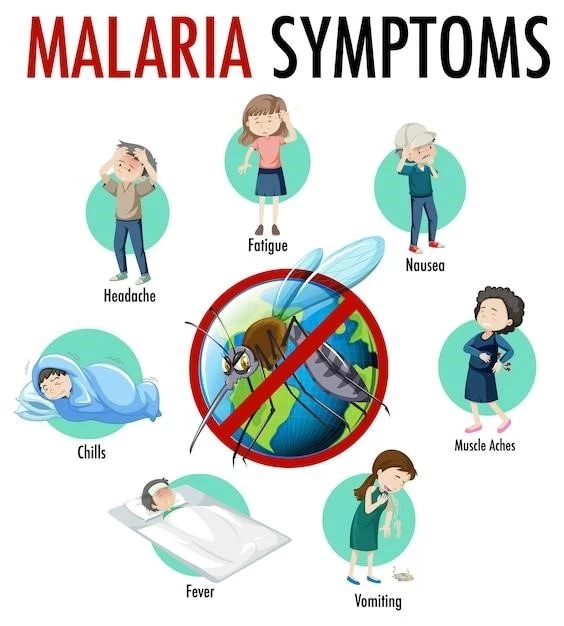Symptoms of Angiostrongyliasis
Recognizing symptoms like severe headache, neck stiffness, nausea, and weakness is crucial for early diagnosis. Seek medical help promptly.
Overview of Angiostrongyliasis Symptoms
Angiostrongyliasis symptoms can range from mild to severe and may include headache, neck pain, fever, nausea, vomiting, and neurological issues like confusion and paralysis. Seek immediate medical attention if experiencing these symptoms, especially if you live in or have visited areas where the disease is prevalent.
Prevention of Angiostrongyliasis
Avoid eating raw or undercooked snails, slugs, or infected animals and practice good hygiene when handling them. Wash hands thoroughly.
Key Prevention Methods
To prevent angiostrongyliasis, avoid consuming raw or undercooked snails and slugs, and ensure thorough washing of produce. Practice good hygiene, wash hands after handling potential carriers of the parasite, and discourage children from playing with snails. Keep your living areas clean and free of pests that may carry the parasite. Following these preventive measures can help reduce the risk of angiostrongyliasis infection.

Angiostrongyliasis in Humans
Learn about the risks, transmission, symptoms, and prevention of angiostrongyliasis in humans to protect yourself and your loved ones.
Understanding Angiostrongyliasis in Humans
Angiostrongyliasis in humans is caused by a parasitic worm. It can lead to severe symptoms and complications if not treated promptly. Understanding how the disease spreads, recognizing symptoms, and following preventive measures are crucial in protecting yourself and others from this potentially harmful infection. Stay informed and take necessary precautions to minimize the risk of angiostrongyliasis.
Treatment for Angiostrongyliasis
Seek medical attention immediately for appropriate treatment options to manage angiostrongyliasis effectively.
Available Treatment Options
For angiostrongyliasis, treatments aim to manage symptoms and kill the parasite. Your healthcare provider may prescribe medications, supportive care, or, in severe cases, surgery. Adherence to the treatment plan is essential for a successful recovery. Consult your healthcare professional for personalized advice and monitoring throughout the treatment process.
Angiostrongyliasis Outbreaks
Stay informed about angiostrongyliasis outbreaks and follow health guidelines to prevent further spread in affected areas.
Identifying and Managing Outbreaks
In case of angiostrongyliasis outbreaks, early detection and prompt reporting are essential for effective containment. Health authorities will implement control measures, such as public awareness campaigns, vector control, and targeted treatments. Cooperating with health officials, following preventive guidelines, and seeking medical attention if symptomatic are crucial steps in managing and limiting the spread of angiostrongyliasis outbreaks.
